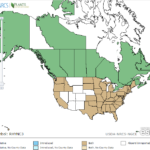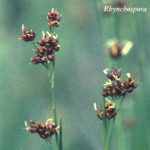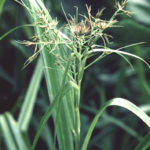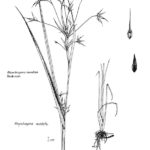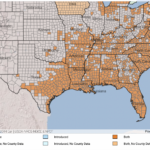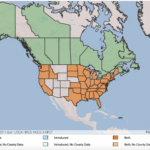Rhynchospora spp.
USDA, NRCS. 2018. The PLANTS Database (http://plants.usda.gov, 28 March 2018). National Plant Data Team, Greensboro, NC 27401-4901 USA.
Illustration courtesy of University of Florida/IFAS Center for Aquatic and Invasive Plants. Used with permission.
What is Beaksedge?
Physical Characteristics
Leaves:
- Flat or rolled
- Rough along edges
- Smooth on surface
Flowers:
- “Beak” at the ends of spikelets
- Branching
- Clustered
- Located on stem tips
Fruit:
- Little nut
- Oval shaped
- Short or long “beaks”
Stem:
- Clustered, clumped or spreading
- Rough textured
- Solid
- Triangular
- Up to 5 feet tall
Where Does it Grow?
There are 37 species of beaksedge in Texas. Beaksedge can be found in marshes, meadows, swamps, lakes, and along the edges of ponds.
Pros and Cons of Beaksedge
Beaksedge is a preferred food source for many animals. Submerged portions of all aquatic plants provide habitats for many micro and macro invertebrates. These invertebrates in turn are used as food by fish and other wildlife species (e.g. amphibians, reptiles, ducks, etc.). After aquatic plants die, their decomposition by bacteria and fungi provides food (called “detritus”) for many aquatic invertebrates.

